Want to learn more? How about going back to the basics of yoga. We have a Beginner’s Program taught by our Founder, Jo Lau, which is a 10-module series that runs through all the basic yoga poses, including breath work techniques. Start your yoga journey with strong foundations!
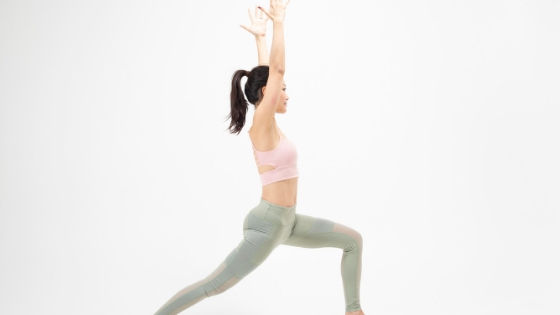
Warrior One VS Crescent Lunge
Differences between Warrior 1 and Crescent Lunge explained, including the benefits of each pose.
Date: 22nd June 2018 | Co-Authors: Alyssa Mak & Josephine Lau
Date: 22nd June 2018 | Co-Authors: Alyssa Mak & Josephine Lau
It’s not uncommon for people who have just started practicing yoga to get confused between certain poses. Warrior 1 versus Crescent Lunge is one of them. Here, we look at the differences between the two poses and the benefits of each.
Crescent Lunge and Warrior 1 look very similar front on - arms reaching up, hips squared (inner rotation of both legs) and torso facing the front. The only difference is in the the foot of the back leg.
CRESCENT LUNGE
VARIATION ONE
The heel of the back foot is lifted off the mat, toes are tucked under and pressing into the ball of the foot, sending energy through the sole of that foot backwards. Knee of the back leg is lifted and leg is straight. This variation stretches the hip flexors and the quadriceps muscles of the back leg, but stretches them more than in variation 2.
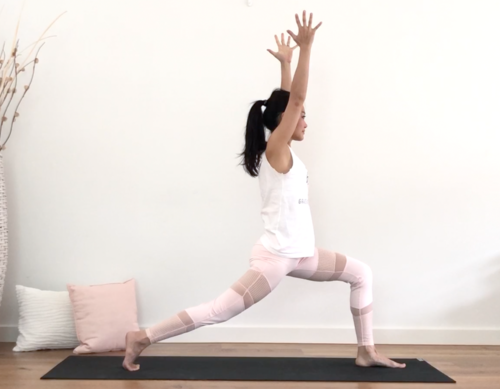
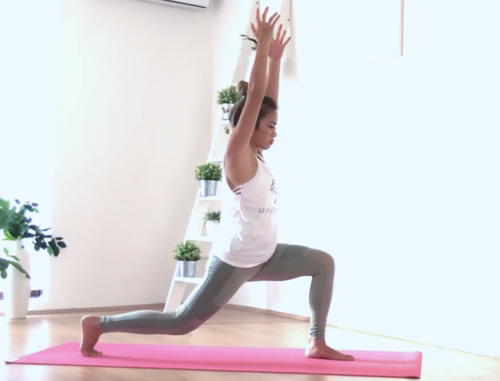
In this variation, the knee of the back leg is bent. This activates the the quadricep muscles of both legs more than variation 1. This variation is more accessible for those with very tight hip flexor muscles as they may not be able to extended the back leg straight. This offers more strength-building in both legs than in variation 1.
WARRIOR ONE
The sole of the back foot is completely grounded on the mat with toes pointing 45 degrees away from the midline.
This pose strengthens the ankles, feet, hamstrings, quads, shoulders, arms, core and back. Because the back foot is completely planted on the mat, this pose provides more stability than Crescent Lunge and relieves the core muscles ever so slightly, compared with Crescent Lunge but it’s important to remember that core engagement is always good practice in any yoga pose.
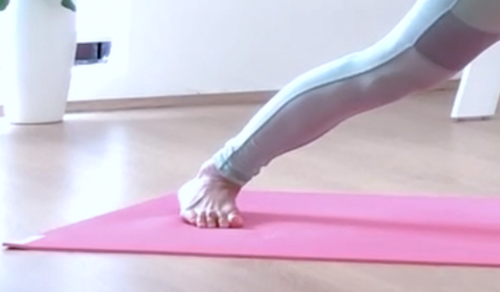
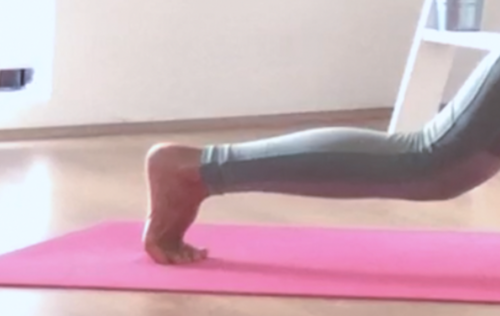
We hope this clears up confusion between the two poses, if you had any!


2 Comments
High Lunge is a great substitute for Warrior I because it offers increased spaciousness in the pelvis and lumbar spine. The unanchored back heel allows for more mobility in the back leg, pelvis, and spine. Consequently, whether you suffer from sacroiliac pain or low back pain, Crescent Lunge is a good idea. As you navigate your own practice, remember that all information is good information. Listen to what your teachers have to say, read the books and blogs, take it all in. Then TRUST that the most valuable information is that which you have filtered through your own experience.
This is such wise advice. Thank you for sharing this and adding on to the blog content. We agree with you that it is the most important to thing is to filter it through your own experience!